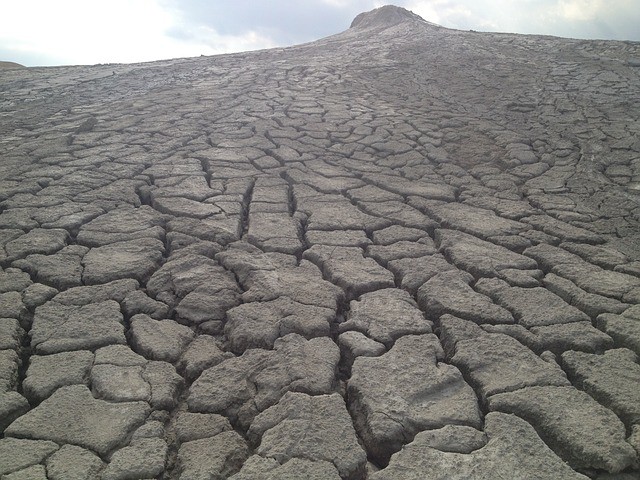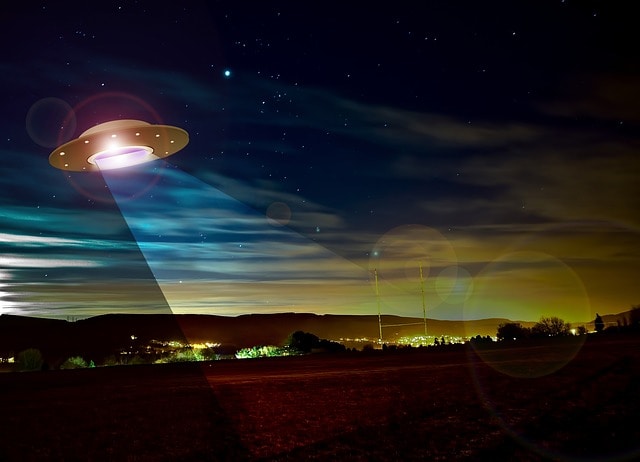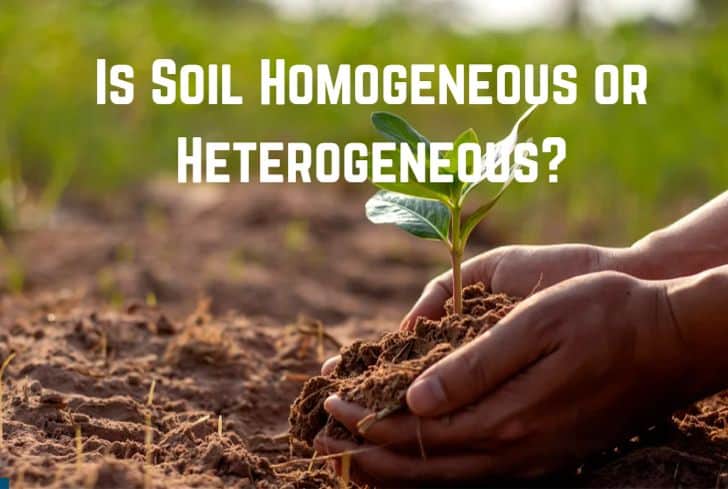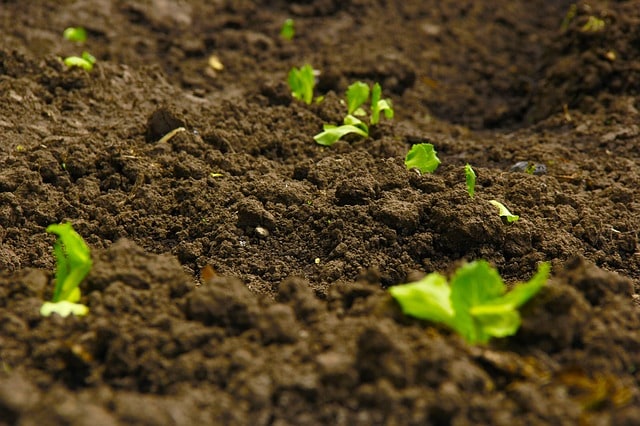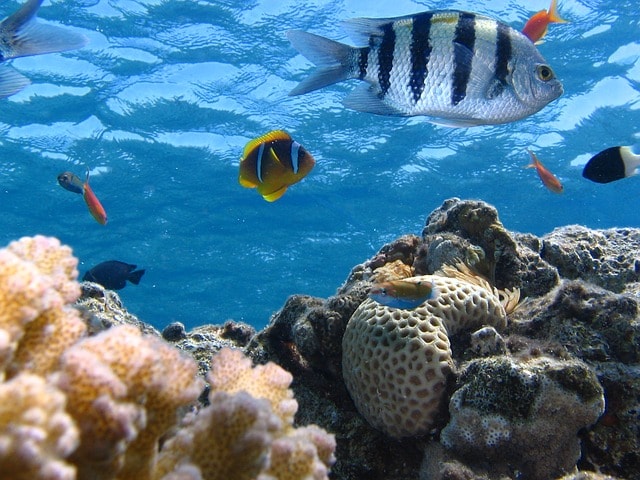10 Examples of Natural Ecosystem

An ecosystem encompasses living organisms and the nonliving elements of their environments. Hence, the components of an ecosystem include animals, plants, microorganisms, rocks, soil, minerals, atmosphere, and the surrounding water masses. An ecosystem can be huge, cutting across several nations, or it can be relatively small, such as the body of an animal, which is home to numerous microorganisms.
We can describe ecosystems under two headings – natural ecosystems and unnatural ecosystems. Unnatural ecosystems, which include agricultural and urban areas, are greatly modified and maintained by human activity. Conversely, natural ecosystems are self-sufficient, balanced ecological units, with a high proportion of native biodiversity and minimal human disruption.
The natural ecosystem is broad. It is divided into two major groups – terrestrial and aquatic ecosystems. These are further divided into many other smaller types of ecosystems as outlined in this article.
For this article, the focus is on natural ecosystems and we are going to explore 10 different types of natural ecosystem. Read on.
1. Grassland Ecosystems
A grassland ecosystem is characterized by mixed non-woody vegetation cover and is dominated by grass or grass-like plants. The ecosystem is normally found in areas that are too dry for forests but have enough soil water to support closed herbaceous plant canopy, which cannot be found in deserts.
Grasslands occur mainly on plains or rolling topography in the interiors of expansive land masses, and from sea level to altitudes of about 16,400 feet in the Andes. These ecosystems are usually inhabited by grazing animals, and can be further subdivided into:
- Savannas – found in the tropics
- Prairies – located in temperate regions
- Steppes – Can occur in both the tropics and temperate regions
2. Tropical Rainforest Ecosystems
Tropical rainforest ecosystems are found in tropical regions, and they boast a greater diversity of flora and fauna compared to any other type of ecosystem. The term “rainforest” means that these are one of the wettest ecosystems in the world. Namely, these ecosystems generally receive very high rainfall every year, which varies across different rainforests.
The heavy rainfall results in dense, leafy vegetation. The trees grow incredibly tall as they compete for sunlight. Animals live in the tree canopies. Contrary to popular belief that soils in rainforest ecosystems are fertile, rainforest soils are actually nutrient-poor. Any explanation for this?
Nutrients are normally not stored in the soils for very long. The heavy rains experienced in these ecosystems washes organic material from the soil, rendering them nutrient-poor. It is also worth noting that rainforests have high humidity – about 88 percent and 77 percent in the wet and dry season, respectively.
3. Temperate Forest Ecosystems
Temperate forest ecosystems are common in regions where winters are cold and summers are warm. The ecosystems normally comprise deciduous trees, which shed their leaves every autumn, and coniferous trees that remain green all year round.
You should realize that in many regions the original temperate forest ecosystems have been altered by human activities, giving way to farming. However, one important temperate forest ecosystem, the Great Smoky Mountains, is a protected area and has been labelled a World Biosphere Reserve.
25 percent of the remaining major temperate forests are located on the British Columbia coast of Canada. You can find the other remnants in eastern U.S., Europe, Australia, New Zealand, southwest South America, Japan, and China. Some common naturally-occurring plants in temperate forests include apples, chestnuts, maple sugar, and mushrooms.
4. Taiga Ecosystems
Taigas are a kind of forest ecosystem found in the far northern regions of the world. Also known as boreal forests, these ecosystems comprise mainly evergreen, coniferous trees, such as spruce and pine. These conical or spire-shaped needle trees are adapted to the cold and the physiological drought of winter as well as to the short growing season.
It is worth noting that the largest taiga ecosystem covers the better part of northern Russia and Siberia. Other notable taiga ecosystems are found in Canada, Alaska, Norway, Sweden, and Finland.
5. Desert Ecosystems
Deserts ecosystems are characterized largely by relatively sparse vegetation. Animal and insect population is also quite limited. In light of the fact that deserts are not necessarily hot, we have two major types of desert ecosystems – hot or subtropical desert ecosystem and temperate or cold desert ecosystem.
While temperate desert and subtropical ecosystems have different characteristics, they bear some similarities, which include the following:
- Both receive less than 10 inches of rainfall annually
- Both are characterized by harsh living conditions, which affect people or animals living there.
- Dry air is found in both types of ecosystems
- Animals have adapted to the ecosystem conditions as far as energy, food consumption, and when to be active is concerned.
- Plants have adapted to surviving with insufficient water and extreme temperatures.
Generally, desert ecosystems are composed of several abiotic components, including, high temperatures, and insufficient moisture. As earlier stated, there are also several biotic factors, such as animals and plants.
6. Tundra Ecosystems
Tundra ecosystems are found in Polar Regions or on the summits of high mountains. They are characterized by harsh living conditions since they are frozen and covered by snow virtually throughout the year. In the white, treeless tundra, the soil could be frozen all year round, making life really hard. The condition is known as permafrost.
However, during the brief summer and spring, snows could melt, producing shallow ponds that attract migrating waterfowl. The melting snow also exposes lichens and small flowers. The word “tundra” most commonly refers to polar regions. At lower latitudes, however, tundra-like ecosystems known as alpine tundra could be found at high altitudes.
7. Freshwater Ecosystems
Freshwater ecosystems encompass rivers, lakes, streams, bogs, ponds, and freshwater swamps. We can describe these ecosystems under two broad headings – those in which the water flows, such as rivers, and those in which the water is almost stationary, like ponds.
Freshwater ecosystems are home to various flora and fauna, including fish, insects, algae, amphibians, plankton, as well as various species of underwater plants.
8. Marine Ecosystems
The major difference between freshwater ecosystems and marine ecosystems is that the latter contain salt water. Various types of plant and animal species thrive in salt water as opposed to freshwater. It is worth noting that marine ecosystems are the world’s largest type of ecosystem.
They comprise not only the ocean surface and ocean floor, but also tidal zones, salt marshes, estuaries, saltwater swamps, and mangroves.
9. Hydrothermal Vents
Discovered in the 1970s, hypothermal vents are located at the sunlight-starved ocean depths in areas where water heated by proximity to hot magma percolates through cracks in the ocean’s floor. While most life on Earth depends on oxygen, the weird shrimp, giant tubeworms, crabs, and other species that thrive in this kind of ecosystem depend on hydrogen sulphide.
The flora and fauna in the extremely hot water also rely on chemosynthesis, as opposed to photosynthesis, as the primary source of energy in their food chain. Some sea vent bacteria have undergone minimal evolution since the beginning of life on Earth.
10. Coral Reefs
Normally referred to as the rainforest of the ocean, coral reefs are jam-packed with life. Namely, about 25 percent of marine species depend on these ecosystems for food and shelter. Coral reefs are homes to not only corals and bright-coloured fish but also sponges, sea urchins, sea anemones, and clams.

